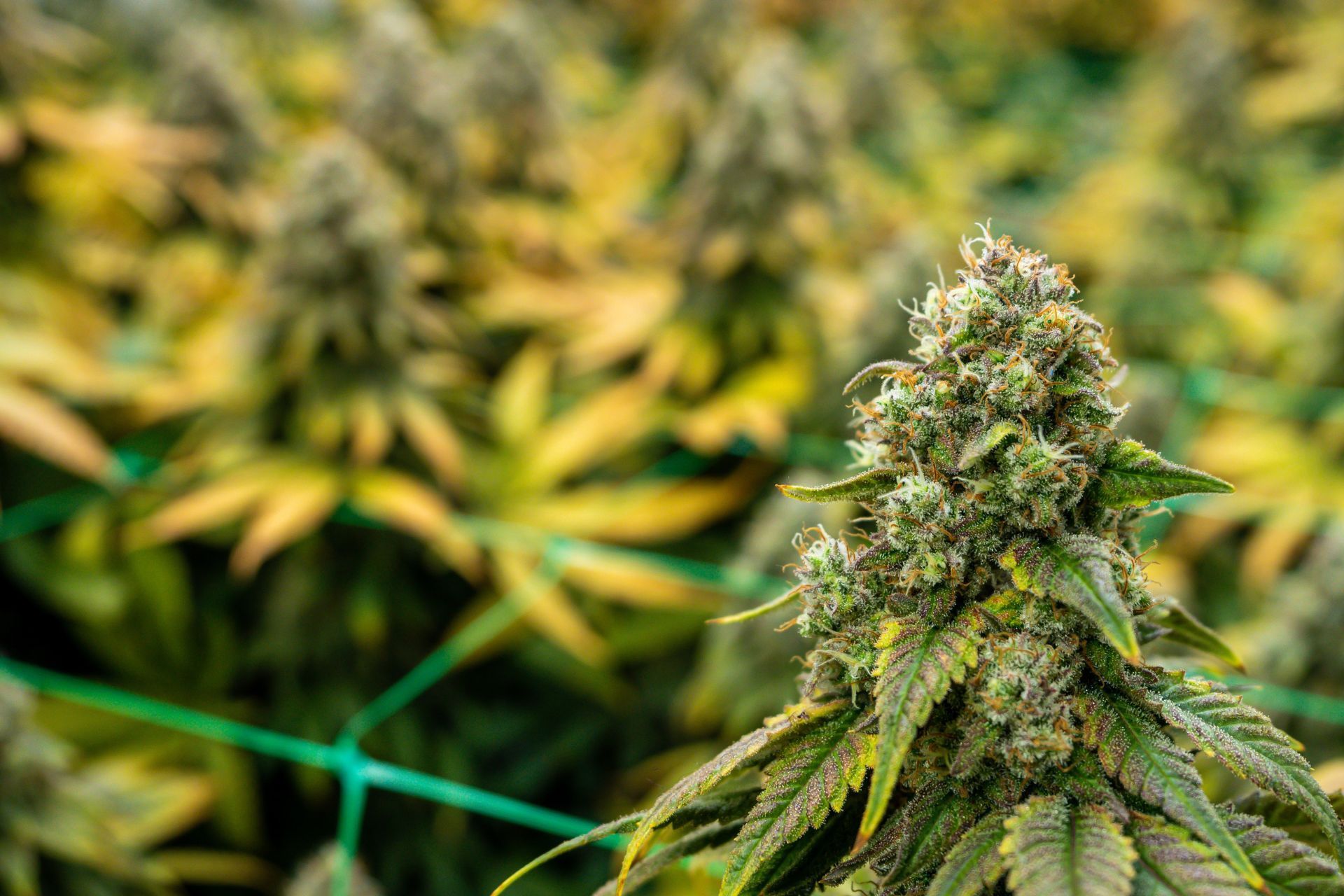How to Scale Your Cannabis Business While Managing Risk
See How We're Different
or call us: (215) 653-8411
Understanding the Market Landscape and Growth Opportunities
For a deeper dive into current market statistics and projections, the
Statista cannabis market outlook offers comprehensive data and analysis.
Leveraging Technology to Drive Growth and Ensure Compliance
Scaling a cannabis business today is inseparable from technology adoption. The industry is undergoing a technological transformation focused on balancing innovation with compliance, a critical factor given the complex regulatory environment. Advanced software solutions for seed-to-sale tracking, inventory management, and customer relationship management can streamline operations and reduce human error.
Implementing technology also enhances transparency and traceability, which are essential for meeting stringent state and federal regulations. Automated compliance tools help businesses stay ahead of evolving laws, avoiding costly fines and operational disruptions. For instance, real-time reporting features allow businesses to quickly generate compliance reports, making audits less daunting and ensuring that all operations align with regulatory standards. This not only fosters trust with regulators but also builds credibility with consumers who are increasingly concerned about the legitimacy and safety of the products they purchase.
Moreover, technology enables better data analytics, providing insights into consumer behavior, sales trends, and supply chain efficiencies. These insights empower businesses to make informed decisions about product development, marketing strategies, and expansion plans. By utilizing predictive analytics, companies can anticipate market demands and adjust their offerings accordingly, ensuring they remain competitive in a rapidly evolving landscape. Additionally, integrating customer feedback mechanisms through technology can help businesses refine their products and services, creating a more tailored experience that resonates with their target audience.
Investing in secure payment processing systems is another vital aspect, given the banking challenges many cannabis companies face due to federal restrictions. Innovative fintech solutions tailored to the cannabis industry can facilitate smoother transactions and improve cash flow management. Furthermore, adopting mobile payment options can enhance customer convenience, allowing for seamless transactions both in-store and online. This not only boosts sales but also aligns with the growing trend of digital wallets and contactless payments, which have become increasingly popular among consumers seeking efficient shopping experiences.
As Reuters highlights, the cannabis industry's technological evolution is key to sustainable growth: balancing innovation with compliance is the new norm. The integration of technology is not merely a trend but a necessary evolution that can significantly impact a company's ability to thrive in this competitive market. As businesses continue to embrace these advancements, they will not only enhance their operational efficiencies but also contribute to a more robust and responsible cannabis industry overall.
Managing Regulatory and Legal Risks
Insurance is another critical component of risk mitigation. Cannabis businesses should seek tailored policies that cover product liability, property damage, and business interruption, among others. While insurance options have historically been limited, the growing industry has prompted more providers to offer specialized coverage. It is also advisable for businesses to regularly review their insurance policies to ensure they are adequately covered, especially as their operations expand or as new risks emerge in the evolving cannabis landscape.
Building a Scalable Operational Model
Human resources also play a pivotal role. Scaling requires hiring skilled professionals and fostering a culture of compliance, innovation, and customer service. Training programs and clear communication channels help maintain operational excellence as the team grows. Moreover, investing in employee development and retention strategies can lead to a more engaged workforce, which is crucial for maintaining high standards of quality and service. Encouraging feedback and creating opportunities for team members to contribute ideas can foster a sense of ownership and drive continuous improvement within the organization. As the cannabis industry continues to mature, businesses that prioritize their human capital will likely find themselves better positioned to navigate challenges and seize new opportunities.
Marketing and Customer Engagement Strategies
Effective marketing is vital to scaling a cannabis business, especially in a competitive and regulated environment. Understanding your target audience and tailoring messaging accordingly can drive brand loyalty and sales growth.
Preparing for Long-Term Growth and Industry Evolution
For a comprehensive perspective on growth trends and future outlooks, the
CannabisMD TeleMed industry statistics provide valuable insights. These statistics not only highlight current market conditions but also forecast potential shifts in consumer demographics and preferences, which are crucial for businesses aiming to stay ahead in this rapidly evolving sector.
Conclusion

Article By: Deb Sculli
Cannabis Insurance Specialist




